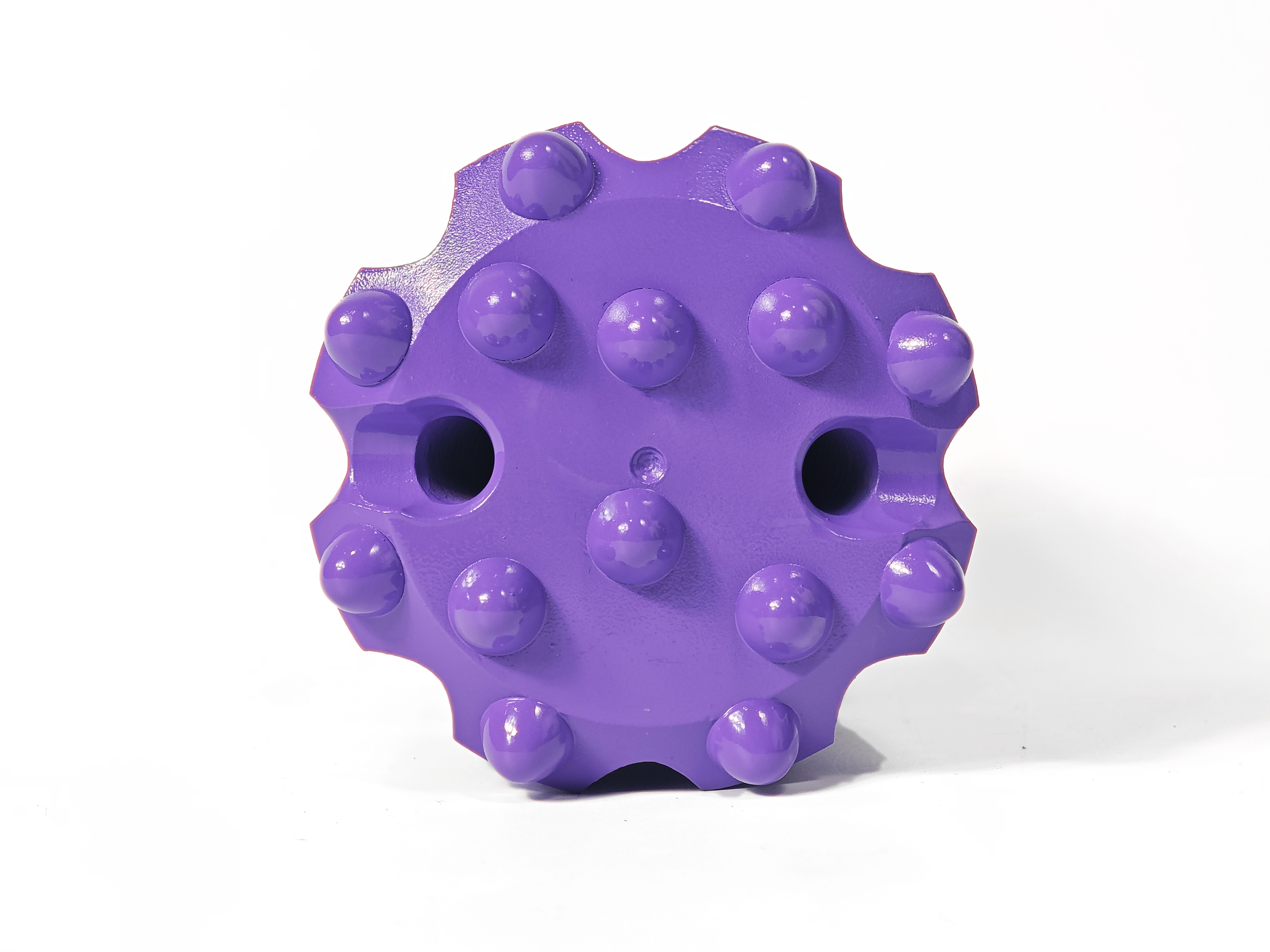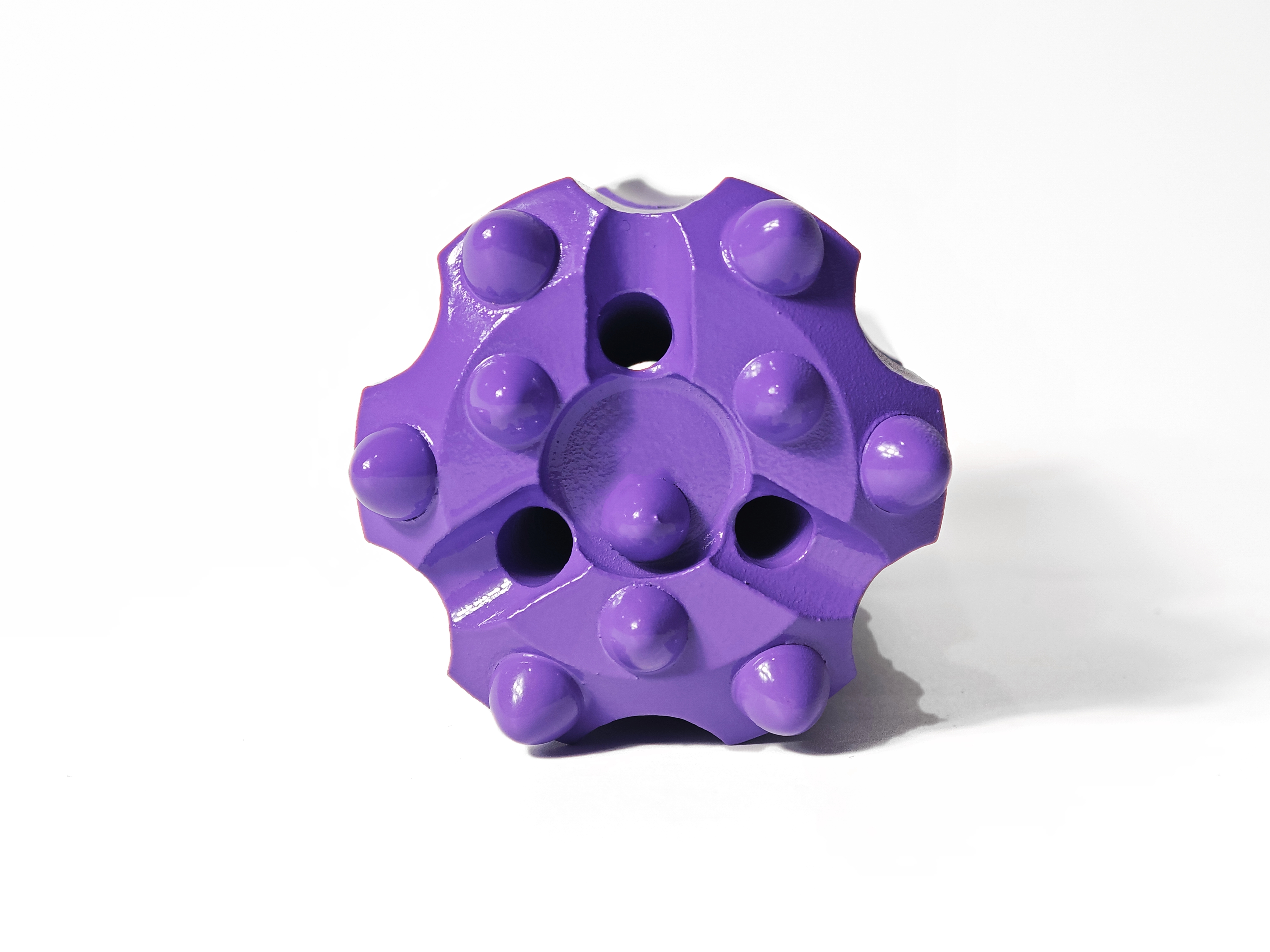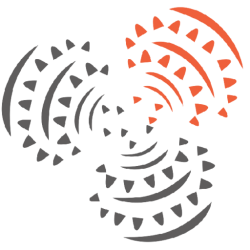In the drilling industry, the ball tooth drill bit is an important tool whose design directly affects the efficiency and effectiveness of drilling. The design of a ball bit can be divided into two types: center recessed and flat, each of which has its own unique advantages and disadvantages.

Flat design
Features:Flat top with no visible depressions.
Suitable for hard rock and higher strength formations.
Advantages:
High abrasion resistance: Flat designs are usually made of high-strength materials, which can effectively resist abrasion and prolong service life.
High stability: When drilling in hard rock, planar drills are more stable, which increases drilling speed and efficiency.
Suitable for Deep Hole Drilling: Planar designs maintain better control when drilling in deep holes.
Disadvantages:
Poor self-centering: Flat designs may require more guiding in the early stages of drilling than center recessed designs, resulting in an increased risk of deflection.
Limited chip evacuation: In some cases, planar designs may result in poor chip evacuation, affecting drilling efficiency.

Center recessed design
Characteristics:
The center portion is recessed to form a groove.
Suitable for drilling soft rocks and some medium-hard rocks.
Advantages:
Good self-centering: The recessed center design helps the drill bit to be better self-centered, reducing deflection and improving drilling accuracy.
Drill cuttings discharge: The recessed design helps to discharge drill cuttings quickly, reducing clogging and improving drilling efficiency.
Adaptable: It can maintain good cutting ability under different geological conditions.
Disadvantages:
Rapid Wear: When used in hard rock, the recessed portion may be more prone to wear, affecting service life.
Less stable: When drilling in hard rock, it may cause the drill bit to be less stable, affecting the drilling speed.
